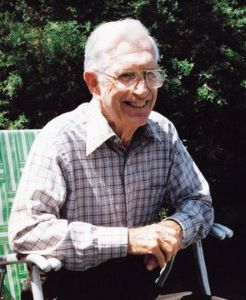Floating and Sinking

Author:
Franklyn M. Branley
Illustrator:
Robert Galster
Publication:
1967 by Thomas Y. Crowell Company
Genre:
Non-fiction, Picture Books, Science
Series:
Let's-Read-and-Find-Out Science Books (Original Series) ![]() Members Only
Members Only
Series Number: 27
Pages:
40
Current state:
Basic information has been added for this book.
It is under consideration and will be updated when it is evaluated further.
Book Guide
Search for this book used on:
Feathers float.
Stones sink.
Everyone knows this is true, but not everyone knows why. An experiment young readers can perform shows why some objects sink and others float. Two bottles, sand or salt, and a pan of water are all that is needed to understand why a heavy ship floats, or the way in which our lungs keep us above water, or how a submarine submerges.
As in so many of the Let's-Read-and-Find-Out Science Books, children are urged to learn through their own experiments as well as by reading. Clear explanations combined with Robert Galster's gay and precise illustrations make it easy for boys and girls to find out for themselves which objects sink and which objects float—and why.
From the dust jacket
To view an example page please sign in.
Find This Book
Search for this book used on:




